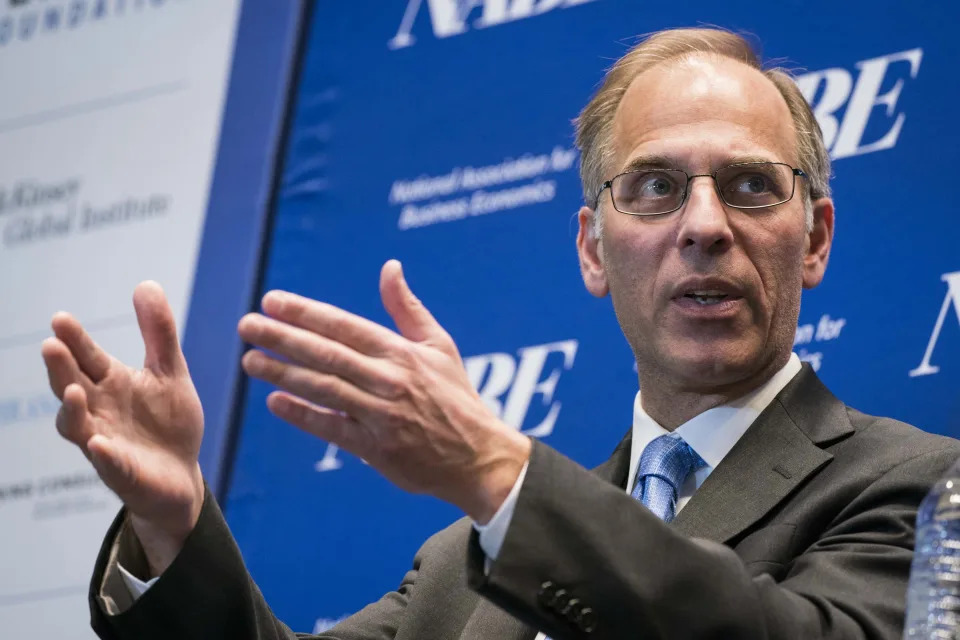

The chief economist at Moody’s thinks that Russia’s invasion of Ukraine accounts...
source link: https://finance.yahoo.com/news/chief-economist-moody-thinks-russia-193931645.html
Go to the source link to view the article. You can view the picture content, updated content and better typesetting reading experience. If the link is broken, please click the button below to view the snapshot at that time.

The chief economist at Moody’s thinks that Russia’s invasion of Ukraine accounts for over a third of U.S. inflation—and that COVID stimulus had almost no impactThe chief economist at Moody’s thinks that Russia’s invasion of Ukraine accounts for over a third of U.S. inflation—and that COVID stimulus had almost no impact

The war in Ukraine and the subsequent sanctions imposed on Russia account for more than a third of U.S. inflation, according to the chief economist at Moody’s Analytics, a financial services firm.
Mark Zandi broke down the drivers behind May’s skyrocketing inflation numbers, which rose unexpectedly to a four-decade high of 8.6% last month, in a Twitter thread Sunday. Principal among them was the Russian invasion of Ukraine, which he said contributed a 3.5% year-over-year increase in consumer price inflation through May.
“The Russian invasion and spike in oil and other commodity prices is the No. 1 reason, followed by the pandemic & the housing shortage,” Zandi wrote. He added that most of that growth, 2.8%, is from the invasion directly pushing prices for commodities higher.
Zandi’s tweets cite the Bureau of Labor Statistics and Moody’s Analytics as sources but do not detail how he landed at the analysis numbers. He included a link to a podcast episode, in which Moody’s Ryan Sweet, a senior director, and Cristian deRitis, the deputy chief economist, joined Zandi a day earlier to elaborate on the reasoning behind the Twitter analysis.
“The primary culprit was higher energy prices, particularly gasoline, and a lot of that can be traced back to Russia's invasion of Ukraine that caused global oil prices to spike,” Sweet said on the podcast.
Zandi noted in his tweet thread that higher energy prices have in turn spread into other sectors of the economy.
“It’s led to higher diesel prices, which causes food prices to be higher, and it’s also bleeding into things like airfares,” he said on the podcast.
The COVID-19 pandemic, mainly through its disruption of supply chains, was responsible for 2% year-over-year growth in consumer price inflation, according to Zandi.
Zandi added in his tweets that an unspecified “other” category—which he told Fortune denotes underlying inflation—contributed to 2.3% of the rise.
“At an estimated 2.3%, it is consistent with the Federal Reserve’s inflation target. It suggests that if not for the factors accounted for in the analysis, inflation would currently be near the Fed’s inflation target,” he said of the category.
Recommend
About Joyk
Aggregate valuable and interesting links.
Joyk means Joy of geeK